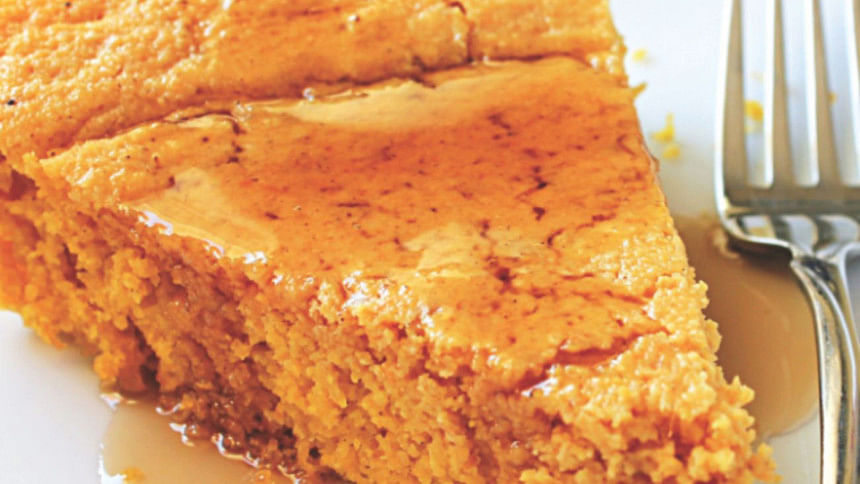Leave the Gluten be

Basically Gluten is protein, which is found in our local flour. The human body requires hardly 15% of this element. Unfortunately, in our country most of the white flour contains 35%-45% gluten which is harmful for our body. Most of the people are still unaware about the problems associated with having too much gluten. Lately, seeing a lot of my friends suffering from gluten intolerance, my concern for the issue has spiked.
I don't have any problems eating gluten myself but I do keep a few containers of gluten free flour blends on hand for those occasions when I need to do some gluten free baking for friends and family members who might prefer it. I also experiment with various recipes in between those occasions, so I know that whatever I'm serving is as good as it can be. In our baking world, for Bangladesh, we don't have any soft flour or gluten free flour. Most of the baking items are produced from soft flour, like cookies, cake, tart etc. I recommend using a gluten free flour blend that is designed to be substituted 1:1 for regular flour, as most of these blends produce cookies with a light, tender texture.
Cornstarch is a fine, powdery starch that is made out of corn. The cornstarch is actually made from the endosperm of the corn, which makes up most of the kernels that we eat when enjoying popcorn or corn on the cob. Cornstarch, also sometimes called corn flour, is produced by grinding, washing and drying the endosperm of the corn until it reaches that fine, powdery state. The benefit of Cornstarch is that it is absolutely gluten-free. It also has many uses in the kitchen, mostly used as a thickener for sauces, gravies and fruit pie fillings. Since Cornstarch is gluten free, it helps in providing a structure to a baked good while increasing its tenderness. You will also often see it included in batters, where it helps contribute to a light crust after frying.
I love to bake Gluten Free Chocolate Oatmeal Chip Cookies. These cookies happen to be gluten free, but they're delicious cookies that are well worth making regardless of what dietary restrictions you might be dealing with! Like most oatmeal cookies, these start with butter, sugar and eggs. I used a gluten free flour blend and added a generous amount of unsweetened cocoa powder to the dough, along with quick cooking oats and chocolate chips. Interestingly, I have never understood how sugar free cookies can be made. Because without sugar, cookies do not make blend or texture, although calories are lesser. I also know that not all oatmeal is certified gluten free, so be sure to check your packaging carefully if you're baking for someone with dietary restrictions. You can also make your own cooking oatmeal with a little help from your blender or food processor. I find that quick cooking oats are the best choice for these cookies because they don't take away from the chocolaty look of the cookies and blend in nicely with the other ingredients.
Photo: Collected

 For all latest news, follow The Daily Star's Google News channel.
For all latest news, follow The Daily Star's Google News channel. 



Comments